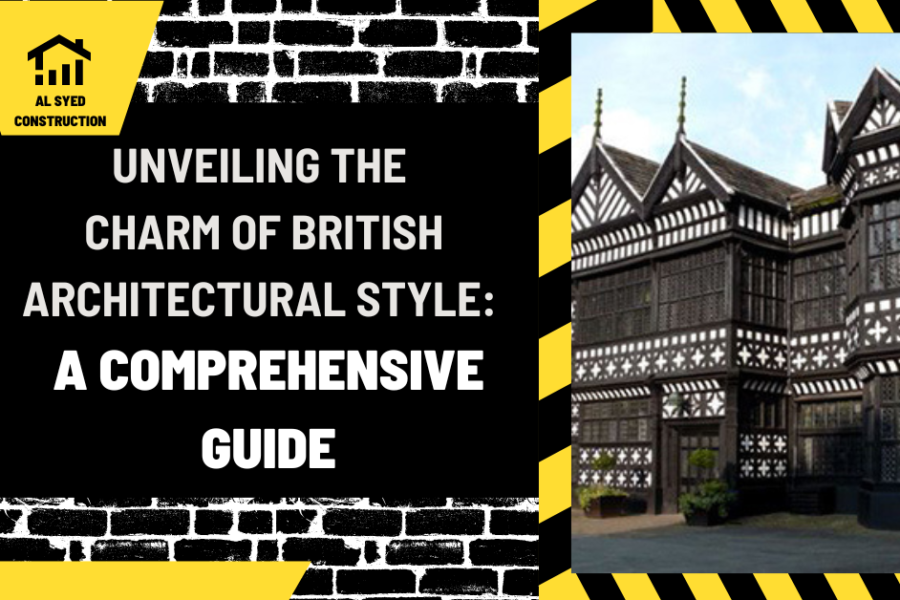Unveiling the Charm of British Architectural Style: A Comprehensive Guide
In the realm of architecture, few styles carry the same timeless allure as the British architectural style. With its roots deeply embedded in history, this style reflects a unique blend of elegance, functionality, and tradition. In this guide, we delve into the intricate details of British architecture, exploring its rich history, defining features, and enduring influence.
Table of Contents
A Brief History of British Architecture
British architecture has evolved over centuries, influenced by various historical, cultural, and social factors. Its origins can be traced back to ancient times, with early examples of architectural marvels such as Stonehenge and Roman forts showcasing the ingenuity of ancient builders.
The medieval period witnessed the rise of Gothic architecture, characterized by its soaring cathedrals, intricate stonework, and pointed arches. This era laid the foundation for the development of architectural styles that would define the British landscape for centuries to come.
The Renaissance period brought a revival of classical architectural principles, with architects drawing inspiration from Greek and Roman designs. This era saw the emergence of grand palaces, stately homes, and public buildings, reflecting the opulence and sophistication of the time.
The Georgian era ushered in a new chapter in British architecture, marked by the elegant proportions, symmetry, and refinement of Georgian architecture. This period saw the rise of iconic buildings such as the Royal Crescent in Bath and the elegant terraced houses of London.
Key Features of British Architectural Style
Georgian Architecture
Georgian architecture is perhaps one of the most recognizable styles in British architectural history. Characterized by its symmetrical facades, sash windows, and classical proportions, Georgian buildings exude a sense of timeless elegance and sophistication. The Royal Crescent in Bath and the streets of Edinburgh’s New Town are prime examples of this style.
Victorian Architecture
The Victorian era brought about a diverse range of architectural styles, reflecting the eclectic tastes of the time. From the grandeur of Gothic Revival buildings to the intricacy of Italianate villas, Victorian architecture is known for its ornate detailing, bold colors, and innovative use of materials.
Tudor Revival Architecture
Inspired by the medieval Tudor period, Tudor Revival architecture enjoyed a resurgence in the 19th and 20th centuries. Characterized by its timber framing, steeply pitched roofs, and decorative half-timbering, Tudor Revival buildings evoke a sense of history and charm.
Modern British Architecture
In the 20th century, British architecture underwent a period of rapid change and innovation, with architects such as Sir Norman Foster and Richard Rogers leading the way in modern design. Modern British architecture is characterized by its bold forms, innovative use of materials, and sustainable design principles.
Influences and Legacy
The influence of British architecture extends far beyond its shores, with British architects and architectural styles leaving their mark on buildings around the world. From the colonial architecture of India and Africa to the neoclassical buildings of the United States, British architectural style continues to inspire architects and designers worldwide.
Conclusion
British architecture stands as a testament to the ingenuity, creativity, and craftsmanship of generations of builders and architects. From the grandeur of Georgian townhouses to the whimsy of Tudor cottages, British architectural style continues to captivate and inspire. Its rich history, diverse styles, and enduring legacy make it a truly remarkable chapter in the story of architecture.





Leave a Reply
Want to join the discussion?Feel free to contribute!